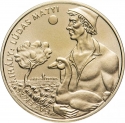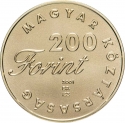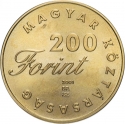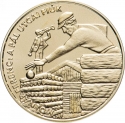You are about to finish your registration. Please check your mailbox (including spam folder). There should be a letter with a confirmation link. Check setting to make sure that your e-mail address is correct.
Send letter againDescription
Children's literature encompasses literary works crafted for young, yet developing audiences, with the intention of meeting their needs while also introducing them to more complex literary pieces. In a broader context, the realm of children's and young adult literature extends to informative texts and science fiction, which straddle the line between entertainment and education.
An intriguing aspect of young adult literature is its dual nature: many works originally intended for adults have found a place within young adult literature today (such as "Gulliver's Travels" or Verne's utopian novels), while conversely, numerous works initially aimed at young adults have transitioned into the realm of serious literary recognition (for instance, Lewis Carroll's "Alice's Adventures in Wonderland").
The significance of literature targeted solely at children emerged predominantly in the latter part of the 19th century. Prior to this period, literary creations were primarily geared toward adult readers. However, notable exceptions include the collections of tales by János Arany and Elek Benedek (commencing in 1862 and 1885, respectively), which marked the inception of independent children's literature. Even Sándor Petőfi's narrative poem, "János vitéz" (1844), was crafted for adult audiences. Hungarian children's literature boasts timeless masterpieces such as Sándor Petőfi's "Arany Lacinak," Attila József's "Lullaby," János Arany's "Toldi," and Ferenc Molnár's "Pál utcai fiúk."
Engraver: László Szlávics Jr.
Obverse

|
Depicts Miklós Toldi dressed in armor, kicking his boat back from the shore before the decisive battle. Along the edge, in a semicircle, the inscription "JÁNOS ARANY: TOLDI" is readable. ARANY JÁNOS: TOLDI |
|---|---|
Reverse

|
Depicts the denomination, year of issue, mint mark (BP), and the engraver's initials. Along the edge, a circular inscription of the country's name (Hungarian Republic) is visible. MAGYAR KÖZTÁRSASÁG |
| Edge |
200 Forint
Third Republic
Children's Literature
Toldi by János Arany
Subscribe series
KM# 756 Adamo# EM173
Children's Literature
Toldi by János Arany







